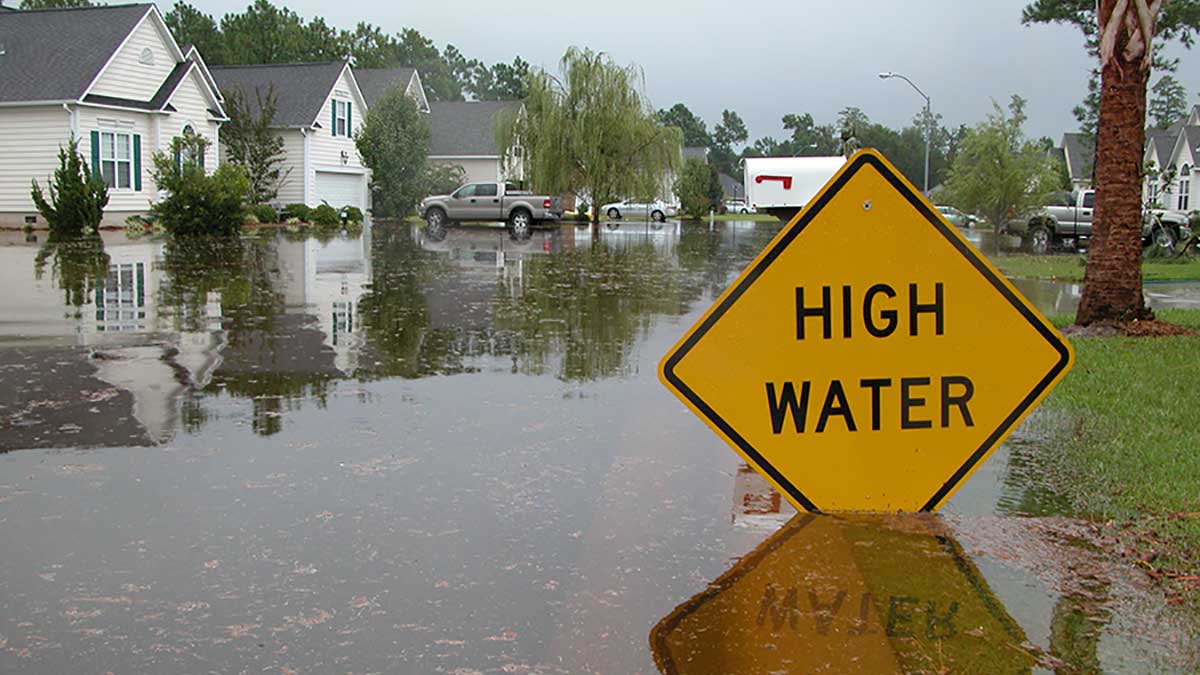What Is a Flood Title? Why You Should Avoid Flood Salvaged Cars

Don’t be a victim of dishonest auto sales involving flood title cars.
The General cares about everyone impacted by the recent flooding in Louisiana as well as other locations impacted by flooding in recent years.
We Want to Help You Fight Against Fraud
We’re here to help you avoid being victimized twice by unethical auto re-sellers or disaster contractors who target consumers after disasters. That’s why we’re a participating member of the National Insurance Crime Bureau and help consumers in the fight against fraud. The National Insurance Crime Bureau (1-800 Tel NICB, 1-800-835-6422) has established resources for consumers including auto salvage fraud tips, a disaster fraud pamphlet and access to their FREE online VIN Check Service.
According to the NICB, consumers should be wary of flood title cars. Natural disasters bring out dishonest salvage dealers who don’t tell you that the vehicles they’re selling are heavily water-damaged,” said NICB President and CEO Joe Wehrle. He states, “Consumers need to know that these vehicles may appear advertised for sale without any indication that they were affected by the flooding. As always, buyers should be careful when considering a used vehicle purchase in the weeks and months following a disaster like this.”
What is a Flood Title Car?
While thousands of cars are ruined by floods every year, not all of them are escorted straight to the junkyard. Many cars are transported to a different part of the country where a salesperson attempts to sell them under the pretense that they’re in good condition.
A flood title is a vehicle that has been submerged in water to the point that water has entered the cabin, trunk or engine. Taking on this much water can ruin your car, causing the electronics and engine to give out entirely. Although some people try to fix flood titles, it’s best to avoid them. While flood titles might saturate the market after said natural disaster, there are a few different ways to ensure you’re not purchasing one. Here are some things to keep in mind while shopping for a used car after a flood:
• Check the interior for flood damage. Look for water stains, mildew, or sand under the carpet, floor mats, dashboard, and wheel well — where the spare tire is stored. Look for fogging inside the headlights and taillights.
• Smell the interior of the car. A heavy aroma of cleaners and disinfectants could be a sign that someone’s trying to mask a mold or odor problem.
• Feel and listen for problems. Have your mechanic inspect the car’s mechanical and electrical components and systems that contain fluids, for water contamination. Notice if anything feels or sounds unusual.
• Know the difference between a “salvage title” and a “flood title.” A “salvage title” means the car was declared a total loss by an insurance company because of a serious accident or other problem. A “flood title” is a car that sustained damage from sitting in water deep enough to fill the engine compartment. The title status is part of the vehicle’s history report.
• Obtain a vehicle history report. The National Insurance Crime Bureau’s (NICB) free database includes flood damage and other information.
If you suspect a dealer is knowingly selling a flood-damaged car or a salvaged vehicle as a good-condition, used car, contact your auto insurance company, local law enforcement agency, or Attorney General Caldwell’s Consumer Protection Hotline at (800) 351-4889. For more information about this and other consumer issues, visit http://www.AGBuddyCaldwell.com.
https://www.youtube.com/watch?v=My4RuuuOyHM
Resources for our Customers
• NICB VIN check allows consumers to identify if a vehicle they want to purchase is a prior total loss, flood title, or stolen vehicle.
• Read more signs of a flooded vehicle from the Insurance Information Institute.



